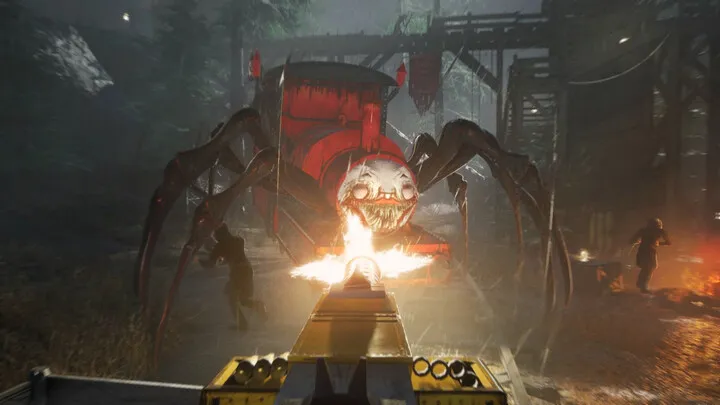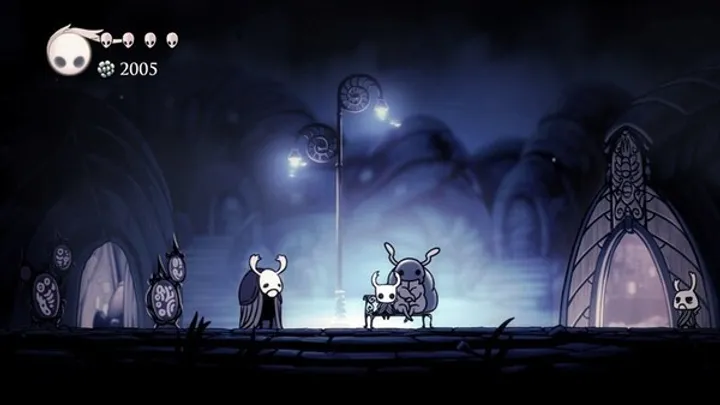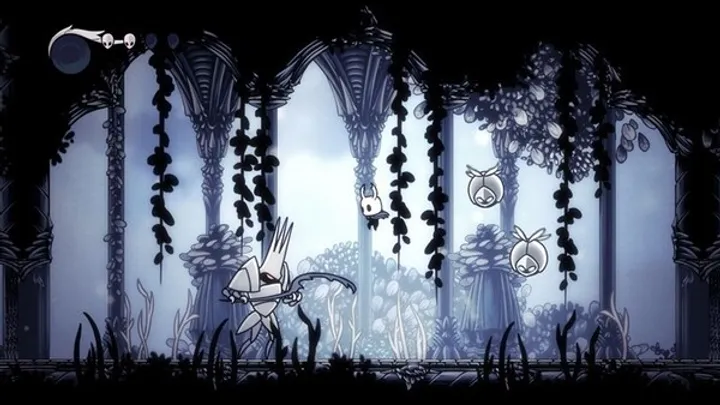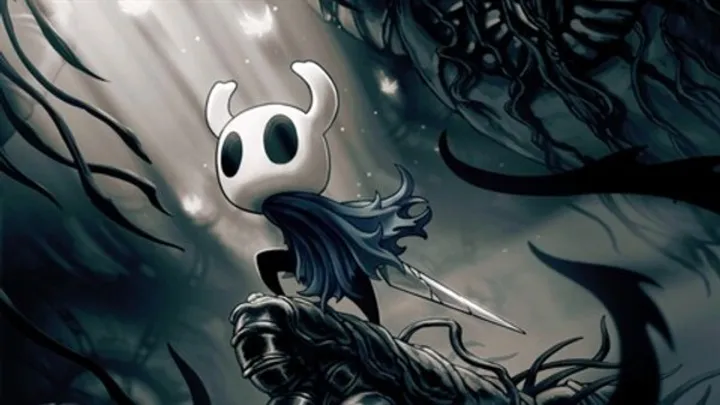Introduction
Few names in gaming carry as much weight as Final Fantasy. For over three decades, this series has defined the RPG genre with unforgettable worlds, complex characters, and iconic storytelling. Whether you’re exploring Midgar in Final Fantasy VII, journeying through Eorzea in Final Fantasy XIV, or embarking on a classic pixel adventure, each game offers a blend of strategy, discovery, and emotion.
But with so many systems—jobs, summons, crafting, and combat mechanics—it can be overwhelming to know where to start.
This guide will help you navigate the fundamentals and master the nuances of Final Fantasy gameplay, whether you’re a newcomer or a long-time fan returning for another adventure.
Prepare your party, sharpen your blades, and let’s dive into the essentials of thriving in the Final Fantasy universe.
1. Beginning Your Journey: Choosing Your Final Fantasy Experience
Each Final Fantasy title offers something unique. Some are turn-based, others real-time or hybrid systems, but all emphasize teamwork, storytelling, and growth.
Understanding the Core Themes
Across the series, recurring elements—crystals, airships, and bonds of friendship—tie each title together. However, gameplay and tone vary drastically between entries.
If you prefer classic turn-based strategy, start with Final Fantasy IV–IX. For action-oriented systems, Final Fantasy XV and XVI may suit you better. And for online play, Final Fantasy XIV remains the gold standard of MMORPG storytelling.
Newcomer Advice
Start with a modern re-release that includes quality-of-life features like auto-battle or fast-forward. These help you appreciate the story without the grind.
Each Final Fantasy rewards exploration and curiosity—so don’t rush; let the world unfold naturally.
2. Understanding Combat Systems
Turn-Based and ATB Systems
Traditional Final Fantasy games use turn-based or Active Time Battle (ATB) systems. ATB introduces real-time elements where timing and decision-making matter.
Always anticipate enemy patterns, manage MP carefully, and balance offense with healing.
Action-Oriented Combat
Recent entries like Final Fantasy VII Remake and XVI emphasize real-time combat. Here, reaction time, dodging, and combo execution play a major role.
Don’t rely solely on button-mashing—learn enemy telegraphs and use abilities strategically.
Party Synergy
Regardless of system, the core principle remains: build a balanced team.
Healers sustain, tanks absorb damage, and DPS deal the blows. Knowing your party’s rhythm is the key to victory.
3. Mastering the Job and Class System
One of Final Fantasy’s defining features is its Job System, allowing characters to specialize in roles like Warrior, Black Mage, or Dragoon.
Classic Job Progression
In older titles, players unlock jobs as they progress. Each job comes with unique abilities—some even carry over when you switch.
Experiment to find the best combinations. For example, a Knight/White Mage hybrid offers both durability and healing.
Modern Adaptations
Newer games integrate jobs through weapon or skill trees instead of menu-based systems.
For example, Final Fantasy XV uses the Ascension Grid, while Final Fantasy XII has the License Board. Each provides flexible customization to suit your playstyle.
Strategic Job Mixing
Don’t stick with just one role. Some of the most powerful builds come from mixing jobs—pairing offense and support in unexpected ways.
Adapt to each encounter by switching or reassigning jobs when needed.
4. Equipment, Materia, and Gear Optimization
Weapons and Armor
Upgrading equipment is vital. Each weapon and armor type enhances stats differently—some boost attack, others improve magic or defense.
Sell older items only when certain they’re obsolete; sometimes, they’re needed for crafting later.
The Materia System
Introduced in Final Fantasy VII, Materia allows you to equip magic, support, and command abilities via colored orbs.
Experiment with combinations—linking All with Cure, for instance, lets you heal your whole party.
Accessories and Augments
Accessories often provide vital bonuses like status resistance or faster ATB generation.
Keep multiple sets ready and switch depending on the battle type. Proper preparation can prevent costly defeats.
5. Exploring the World: Towns, Dungeons, and Secrets
The Joy of Exploration
Every Final Fantasy world hides treasures behind waterfalls, locked doors, or forgotten ruins.
Talk to every NPC—many offer clues or hidden rewards for side quests.
Managing Resources
Before venturing into new territory, stock up on Potions, Phoenix Downs, and Tents.
Running out of healing items in a dungeon is a rookie mistake even veterans make.
Side Quests and Secrets
Never underestimate optional content. Some of the most powerful weapons, summons, and lore moments come from side quests.
Hidden caves, secret bosses, and ultimate weapons await those who take time to explore.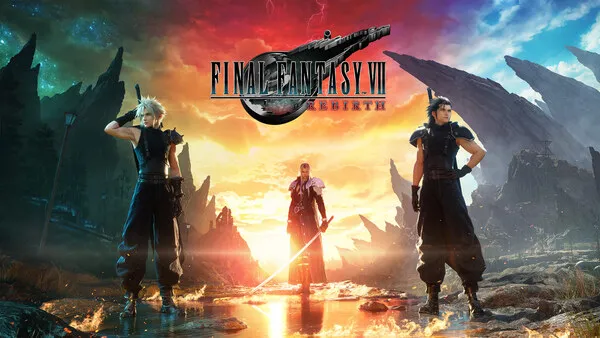
6. Summons, Espers, and Aeons: The Power of Legends
The Role of Summons
Summons (or Espers, Aeons, Eikons, depending on the game) are iconic allies that channel immense power.
They can turn the tide of battle when used strategically.
Unlocking and Upgrading
Summons are often tied to story events or hidden trials.
Prepare before these encounters—they test your mastery of combat and strategy.
After obtaining them, upgrade or bond with them to maximize their potential.
Strategic Use
Don’t waste summons early in a fight. Save them for critical phases or bosses when your party is under heavy pressure.
In certain games, like Final Fantasy X, summons even replace your party temporarily—so use them tactically.
7. Managing Resources: Gil, Items, and Crafting
Earning and Saving Gil
Gil (currency) is precious. Avoid buying every new piece of gear you see—some will drop naturally through dungeons.
Sell rare monster drops or duplicate equipment instead of essential crafting materials.
Crafting Systems
Modern titles like Final Fantasy XIV and XV introduced detailed crafting.
Gather materials in the field, complete recipes, and upgrade weapons to increase efficiency and power.
Item Management
Maintain balance: carry healing, buffs, and revival items, but don’t overload your inventory.
Organization saves time during critical fights—label and sort your consumables properly.
8. Party Building and Character Growth
Character Bonds and Chemistry
Each Final Fantasy builds its strength around teamwork. Characters often have story-based synergy that affects battles or combo attacks.
Understanding these relationships adds emotional and tactical depth.
Leveling and Stat Growth
Train evenly—over-leveling one hero while neglecting others can leave your team unbalanced.
If available, use stat-enhancing equipment to mold your characters’ strengths to your liking.
Specialization vs. Versatility
Some players specialize—maximizing a single strength like magic or speed—while others prefer well-rounded builds.
Both approaches work if you understand the encounter requirements.
9. Boss Battles: Strategy, Patterns, and Perseverance
Recognizing Boss Mechanics
Final Fantasy bosses are puzzles as much as enemies. Watch for telegraphed moves, elemental weaknesses, and pattern changes at low HP.
Analyze before striking recklessly.
Preparation is Key
Before major fights, check equipment loadouts, spell setups, and item supplies.
Buff your team beforehand—casting Protect or Shell at the start can save lives.
Adapt and Overcome
If you fail, take notes. Most Final Fantasy battles reward patience and strategy more than brute strength.
Refining your party composition or swapping gear can make all the difference.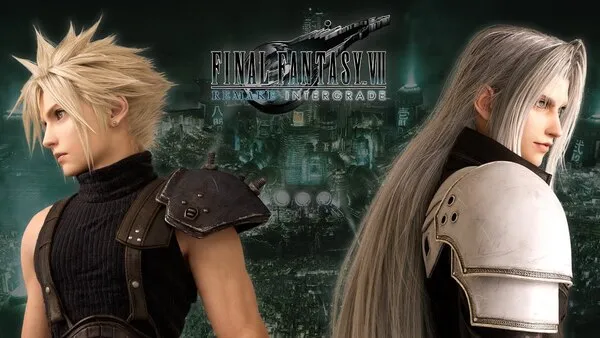
10. The Endgame and Beyond: Post-Story Mastery
Optional Superbosses
Every Final Fantasy has its legends—Omega Weapon, Emerald Weapon, Yiazmat, and more. These enemies push your strategy, patience, and mastery to the limit.
Conquering them is a true mark of completion.
Ultimate Gear and Challenges
Postgame often unlocks powerful dungeons or time trials. Completing them rewards ultimate weapons, rare materials, and bragging rights.
Experiment with advanced builds and optimize your setup to achieve full potential.
Replay and Reflection
Replaying different titles reveals new perspectives. Each Final Fantasy, old or new, has timeless lessons in courage, love, and sacrifice.
When the credits roll, you’re not done—you’re just ready for your next journey.
Conclusion
Final Fantasy is more than a series—it’s an experience that transcends time, genre, and generations.
From the first 8-bit crystal adventure to modern cinematic epics, it teaches patience, creativity, and strategic thinking.
Success in Final Fantasy doesn’t come from grinding alone—it comes from understanding systems, planning ahead, and embracing the story.
Each encounter, character, and melody leaves an imprint that lasts long after the final battle.
So gather your party, trust in your allies, and step forward.
The road ahead may be perilous, but in the world of Final Fantasy, even the smallest spark of light can become a legend.










